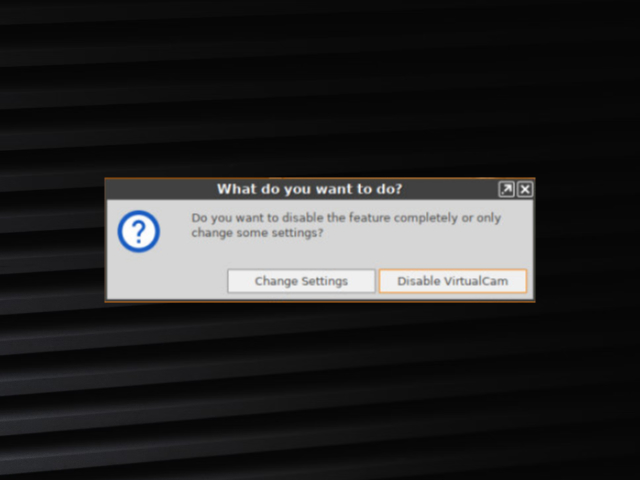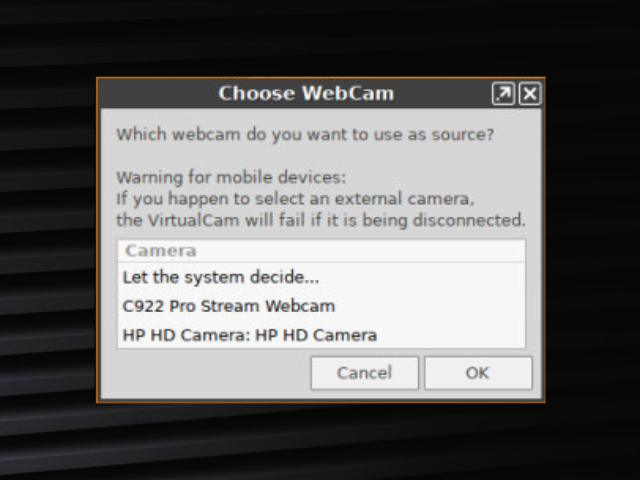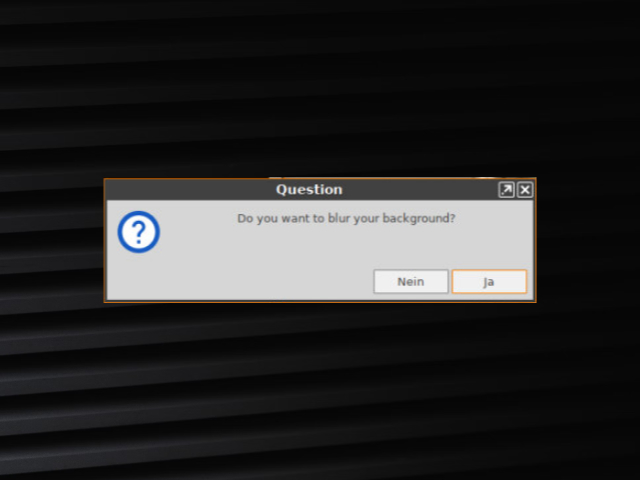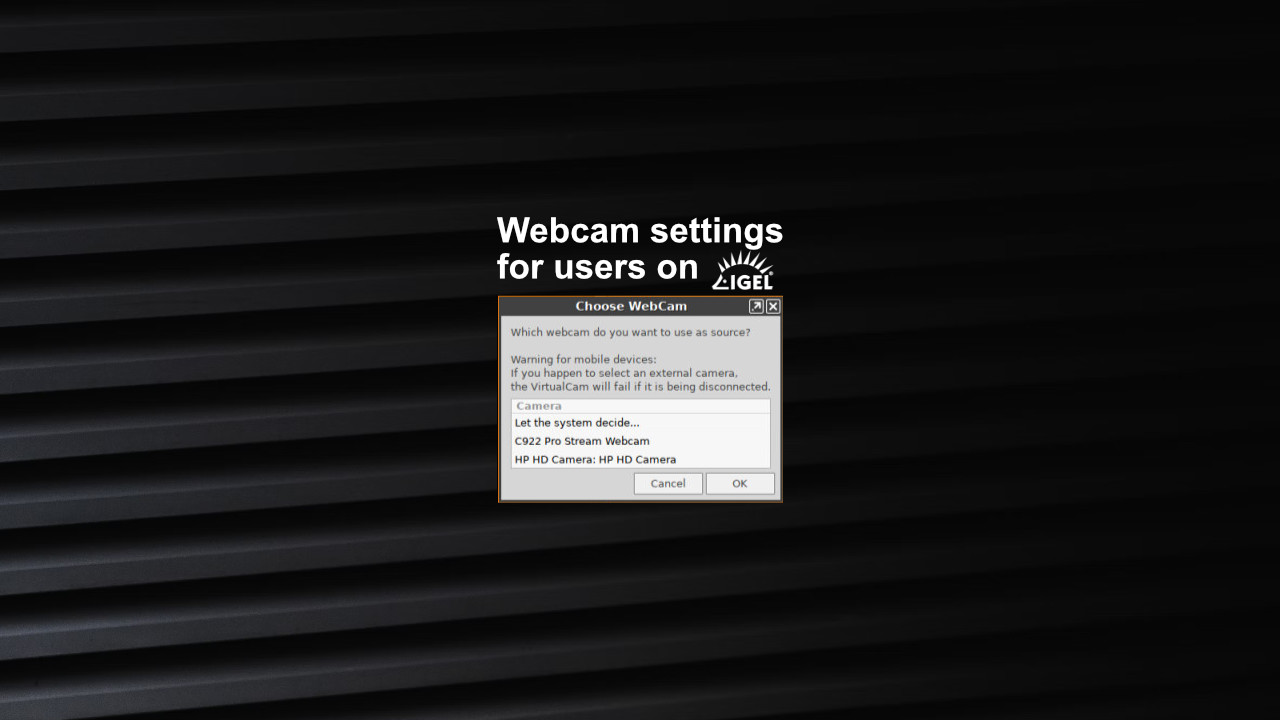Using a webcam on a virtual desktop environment can be easy. Or it can be tricky! Read on to learn about highs and lows and what a VirtualCam has to do with it…
Where I work, we get confronted with lots of users who got their own ideas and requirements. Usually in IT, one would enforce a concept or a policy but this is not always the best solution.
For example in this case, we gave some users a mobile device (Laptop) installed with IGEL OS 11 as a thin client. The requirement that has just reached me, was to be able to use a webcam in a browser based video conferencing app. Sounds simple, huh?
The main problem without VirtualCam User Settings
On a thin client, users are usually connected to a virtual desktop environment – In our case Citrix Virtual Apps and Desktops. You do usually also not want to spend too much bandwidth on transferring video data. This is especially true for mobile clients which might access the system from external locations through an ADC (NetScaler) where you license bandwith.
The solution to this any many more issues (Buzzword: GPU requirement) is offloading.
Optimized Apps using Citrix Virtual Channel
The most common video conferencing providers like Cisco (WebEx) and Microsoft (Teams) have elaborated ways to split using their apps in a server- and a client component. This is very cool but unfortunately in our case the application was different. It’s a HTML5 app.
Browser Content Redirection
The second idea was to use Citrix Browser Content Redirection (BCR) to offload the whole webpage to the client OS. Long story short: The Application was unable to even start. The scripts were too complex to be redirected. We failed with about a thousand javascript errors.
The final solution: Citrix HDX Camera
The “fallback” is redirecting the video. Fortunately our Terminal Servers have decent GPU cards installed which allows us to process video very efficiently. Because of this, we “only” needed to enable HDX Camera Redirection. After some struggles in the first place (which were citrix policy issues) we managed to redirect the camera using this basic citrix feature quite well and it works as expected.
So far, so good…
Here comes: The User!
So initially I told, that we got some special requirements… There you go: It didn’t take long until someone figured out that their cam was actually not working as expected.
What happened?
During the pandemic we were forced to buy several different webcams as availability was a problem. So now we got about 5 to 10 different camera models plus integrated cameras in some devices. In the end a user might even have two or more cameras available, but HDX only redirects the “primary” camera (as in the first one enumerated). And this was always the integrated laptop camera for us.
How we solved it using VirtualCam
IGEL luckily just introduced the “Virtual Camera Background” feature in IGEL OS 11.08. This not only allows to blur the background for any application. It additionally provides a registry setting to set the camera source to a specific camera (by name, number or VID/PID). Then it replaces the main camera by the virtual one. This VirtualCam is then redirected by Citrix HDX.
This was the basic solution but we would need to configure the camera for every single client using the registry. While possible, that’s an annyoing sysadmin task. Additionally, a mobile user are changing workplaces from time to time. They are then often forced to use a different cam (like integrated on mobile, monitor cam at their desk).
Power to the user – Let them control VirtualCam settings!
I created a script that can be deployed to an IGEL Thin Client and linked as a custom application to allow the user to toggle and configure the VirtualCam feature.



All you need, is a basic profile to configure the Custom App and the basic VirtualCam parameters. The shell script I wrote contains the required logic.
How to install
To install the script, eighter put it into a custom partition or use the UMS’ files section to upload it into /wfs/. (For the following we assume, you uploaded the file to /wfs/virtualcam-config.sh )
Then import the profile from the XML. Make sure that your firmware feature restriction does not remove any of the Virtual Camera Background features.
The profile creates a new Folder on the desktop called “Settings” and puts a link in it, called “VirtualCam”. You might want to change that under desktop integration.
Work Done!
Are you using uncommon video conferencing tools, too?
If yes, which and did you already encounter such a situation yet? How did you solve it?

